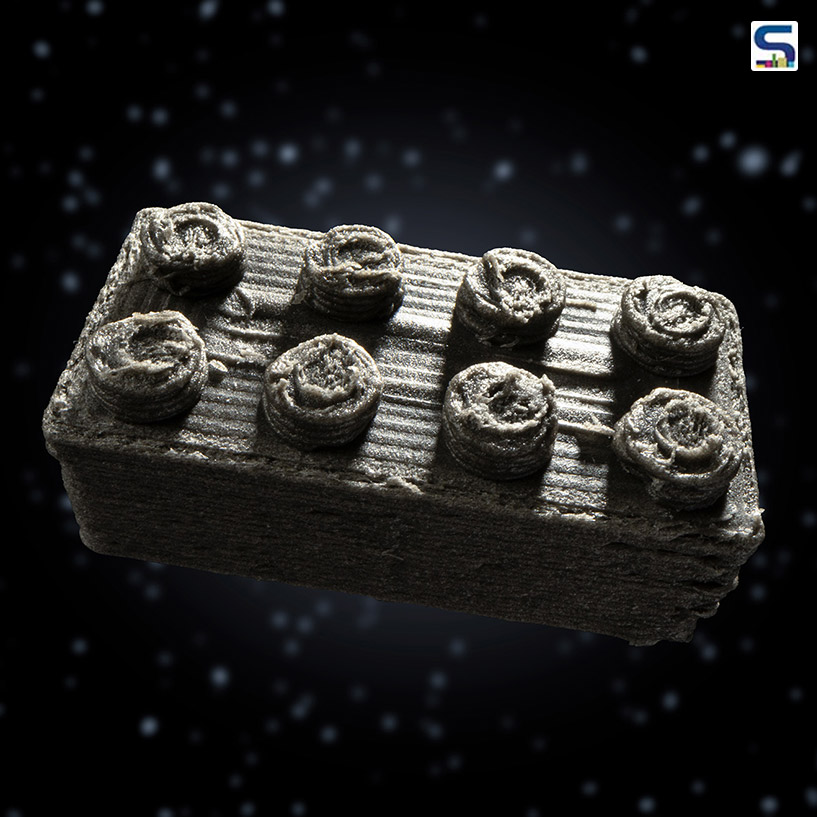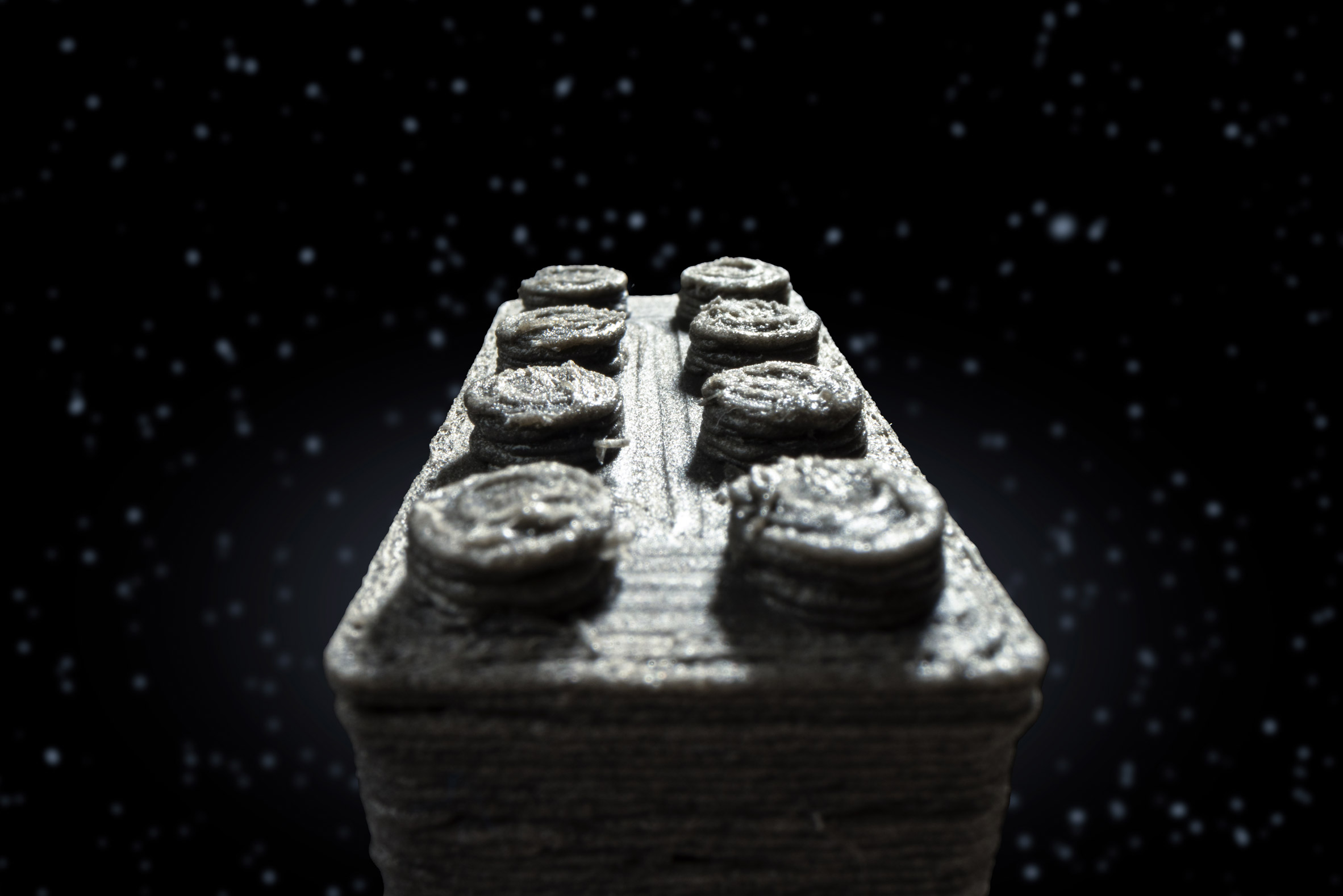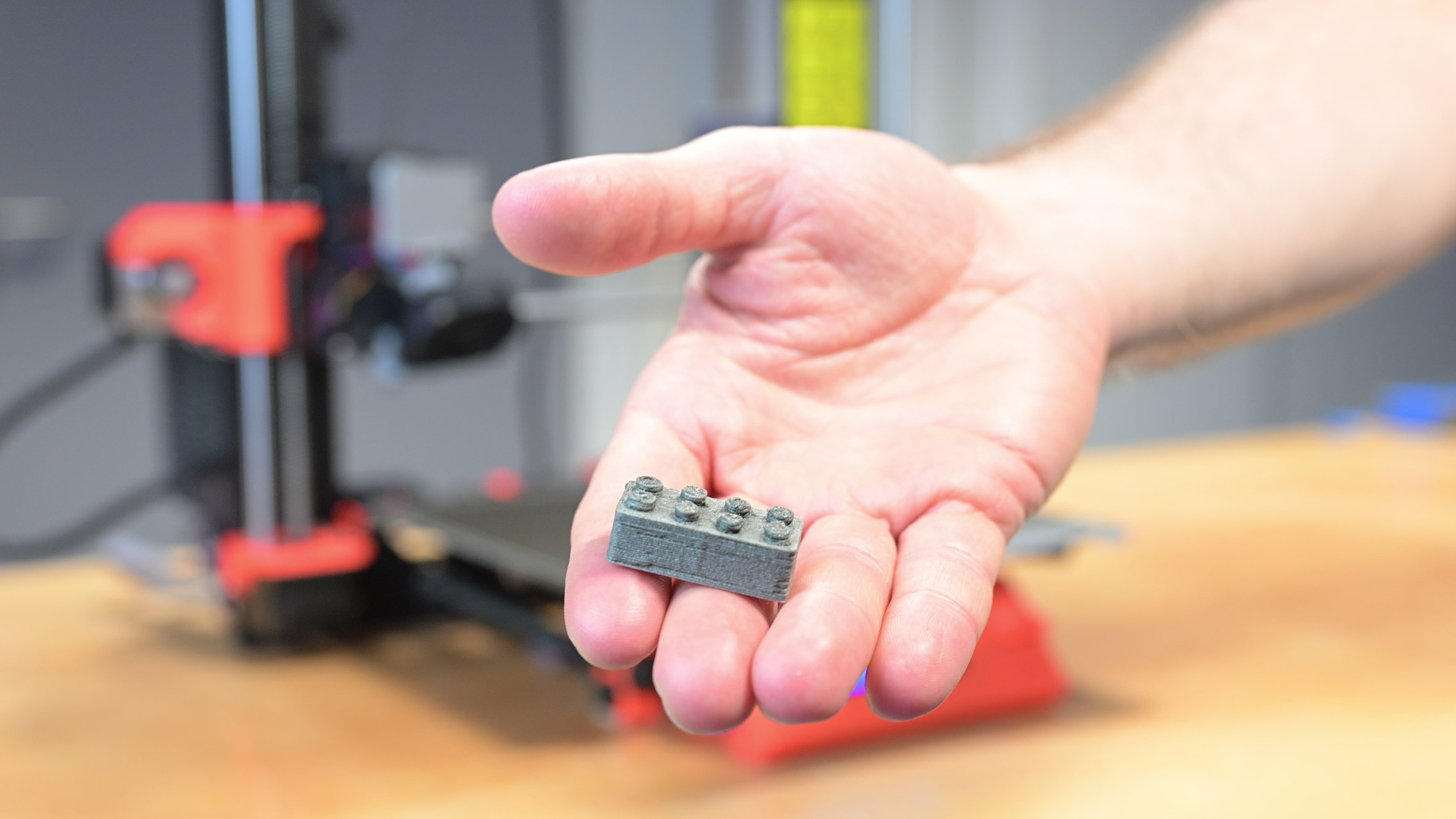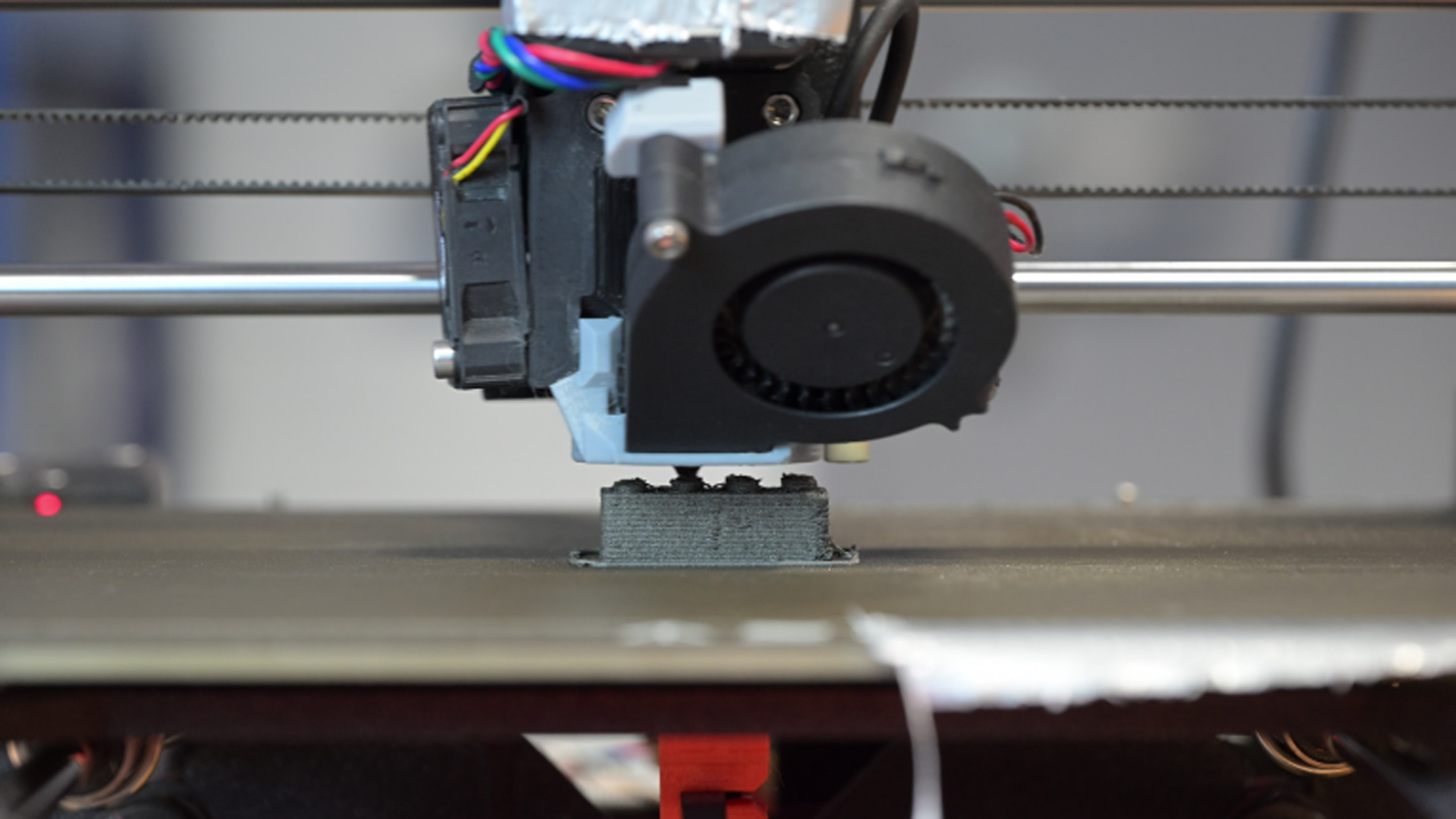
The European Space Agency (ESA) has developed 3D-printed "space bricks" from meteorite dust to explore space construction. These bricks, made from a 4.5 billion-year-old meteorite found in 2000 in north-west Africa, simulate lunar regolith, the loose material covering the moon's surface. Read more on SURFACES REPORTER (SR):
 Due to limited regolith samples from Apollo missions, ESA scientists used meteorite dust to create "space bricks." Part of the Artemis programme, this initiative aims to establish a lunar base by utilizing lunar regolith for constructing launch pads and habitats, reducing the need for costly Earth materials.
Due to limited regolith samples from Apollo missions, ESA scientists used meteorite dust to create "space bricks." Part of the Artemis programme, this initiative aims to establish a lunar base by utilizing lunar regolith for constructing launch pads and habitats, reducing the need for costly Earth materials.
In-Situ Resource Utilization (ISRU) in Space Exploration
ESA's Spaceship EAC team, led by science officer Aidan Cowley in Cologne, Germany, focuses on ISRU, using space resources for construction. The team created "space bricks" from space dust to test building techniques for future lunar structures, drawing inspiration from both space and Earth.
 "No one has ever built a structure on the moon, so we have to work out not only how we build them but what we build them out of as we can't take any materials with us, said ESA science officer Aidan Cowley
"No one has ever built a structure on the moon, so we have to work out not only how we build them but what we build them out of as we can't take any materials with us, said ESA science officer Aidan Cowley
How Spaces Bricks are Made?
To create a 3D-printable material, the team ground meteorite bits into dust and mixed it with polylactic acid, a biodegradable bioplastic, and a regolith simulant composed of Earth minerals to mimic the lunar surface. They designed the material to resemble Lego bricks, though achieving this precision with 3D printing required extensive fine-tuning. As a result, Lego brick shapes have become a standard test for such projects, according to the ESA.
 The blocks function like Lego bricks, with tubes on the underside interlocking with studs on top to create the "clutch power" that makes Lego pieces difficult to separate. The Lego Group has displayed 15 of ESA's space bricks in stores worldwide, aiming to inspire kids to build their own space shelters.
The blocks function like Lego bricks, with tubes on the underside interlocking with studs on top to create the "clutch power" that makes Lego pieces difficult to separate. The Lego Group has displayed 15 of ESA's space bricks in stores worldwide, aiming to inspire kids to build their own space shelters.